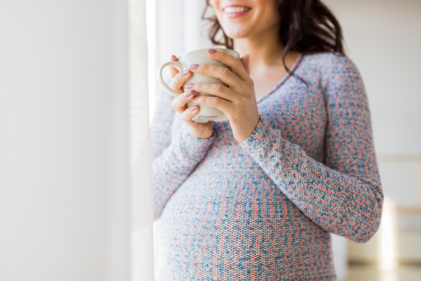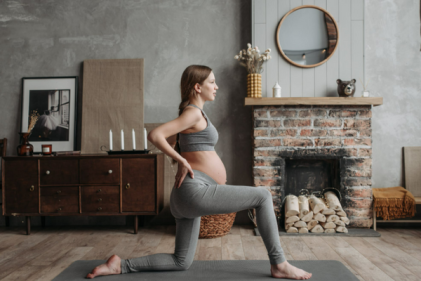
It is inevitable, when women talk about their choice of birthing at home, that a lot of people will express their surprise and comment that the woman must be very brave. Supposing something happens? What if there is an emergency? The mess, OMG, the mess!
As a community midwife and now an independent midwife, most of the births I have attended have been at home; mostly planned, but sometimes, because labour progresses so quickly, she is unable to get to the hospital and will be attended by paramedics or a midwife if she can get there in time (we are not able to use a blue light or green light, so have to contend with traffic, etc.). In almost all cases, when I have chatted to these home birthing women afterwards, they feel a sense of achievement - even the unplanned ones, that they stayed at home. Not one woman has ever said to me that she felt she had been brave. In fact, a lot of women feel it is brave to take on all the risks associated with medicalised birth in hospital.
Until the publication of the Peel Report in the '70s, about 40% of women had their babies at home. In fact, second or subsequent babies were almost all born at home. This report recommended hospitalisation of the labouring woman to increase both hers and her child’s safety. In the 40 odd years since, the home birthing rate in the UK has dwindled to about 2%, with geographical pockets where the rate is as high as 15% a rarity.
For low risk women in the UK, the current perinatal mortality rate - that is babies who die at or around the time of birth - is similar no matter where they birth; this is the same for first babies as well as women who have birthed before. These were the findings of a retrospective study of almost 65,000 low-risk births undertaken over a period of two years. But is this the only outcome that should be considered? All that matters is a live baby? What about the mother? Her physical and emotional wellbeing, the family as a whole, the father, the siblings?
The study also looked at other issues, and these were quite compelling for any woman who wants to keep her birth normal. Low-risk women who planned to birth and began their labour at home had the following interventions and outcomes compared to planned hospital births:
| Home | Obstetric hospital | |
|
Spontaneous vaginal birth
|
92.8%
|
73.8%
|
|
Ventouse/forceps delivery
|
4.1%
|
14.9%
|
|
Caesarian Section
|
2.8%
|
11.1%
|
|
3/4th degree tear
|
1.9%
|
3.2%
|
|
Augmentation with
Syntocinon (hormone drip)
|
5.4%
|
23.5%
|
|
Episiotomy
|
5.4%
|
19.3%
|
|
Epidural
|
8.3%
|
30.7%
|
The list goes on; I was unable to find one negative intervention that was more common at home. Bear in mind also, these figures are for the women that planned and started their labour at home - most of these interventions would have taken place in hospital after transfer. But it would seem there is a huge protective factor here, and that is being at home in labour, even if transfer happens for whatever reason.
So who’s being brave now? Planning to have your baby in an obstetric unit makes it four times as likely you will end up with a Caesarean, three times as likely you will need forceps or ventouse, four times as likely you will need a hormone drip, and three times as likely you will have your perineum surgically cut to aid the birth.
If you are low-risk, then birth at home. It’s no more dangerous for your baby, and you will avoid medical and surgical interventions which may affect you physically and emotionally for a long time. Come on, be a coward and take the easy way.





